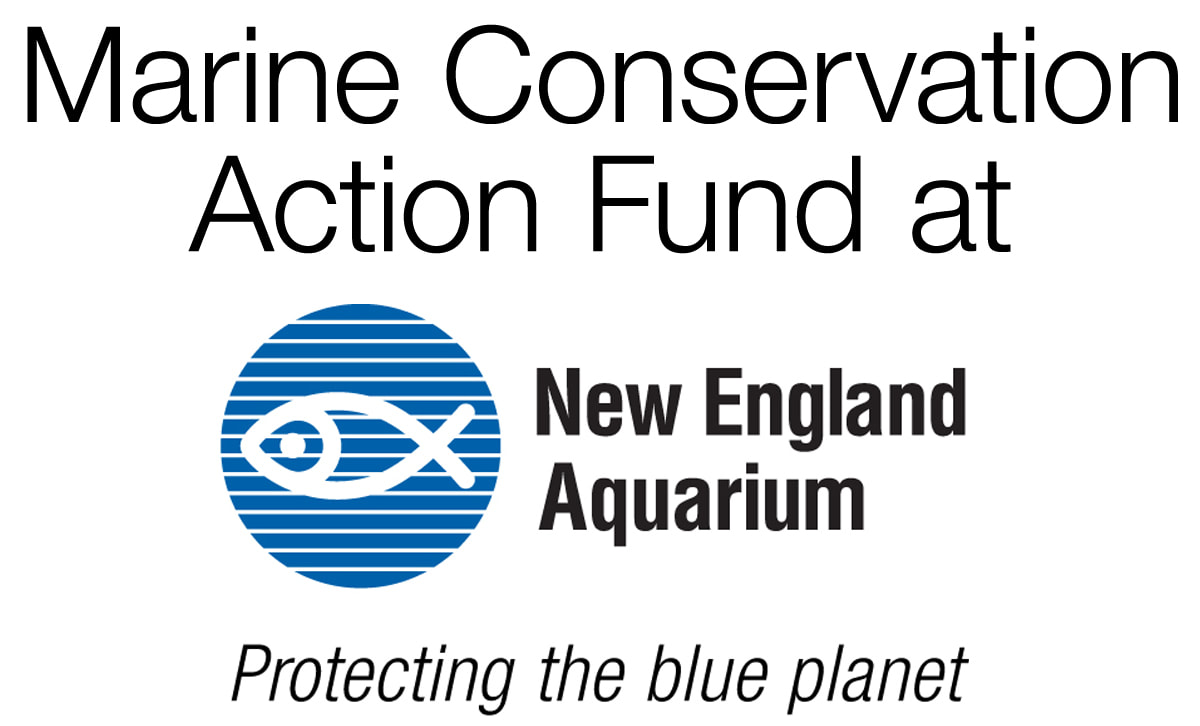Project: Estimating population densities of two species of coastal cetaceans using passive acoustic monitoring.
|
Description: Our goal is to assess the space use, spatiotemporal occurrence patterns and population densities of Indian Ocean humpback dolphins (Sousa plumbea) and Indo-Pacific finless porpoises (Neophocaena phocaenoides) along the Sindhudurg coast of Maharashtra using a mobile passive acoustic monitoring platform. The Sindhudurg coastline off western India is a marine biodiversity hotspot, with year-round presence of the two focal species. These animals inhabit an environment that greatly overlaps with human activities making them extremely vulnerable to anthropogenic pressures (e.g., habitat degradation due to pollution, resource overlap, accidental mortalities due to by-catch).
Cetaceans spend most of their lives underwater, and surface activities (which are observed visually) account only for a small fraction of their overall behaviour and ecology. In the case of cryptic animals like the finless porpoise (Neophocaena spp.) visual detections are even harder to obtain, given the lack of a conspicuous dorsal fin, small group sizes, and irregular surfacing patterns. All these factors limit studies of population assessments, behavioural ecology, and social ecology. However, all cetaceans use sound as a primary sensory modality for communication, navigation, and prey-detection, and acoustic monitoring in combination with visual observations has proven to be an effective tool to fill these gaps in research. Passive acoustic line-transects are an established method for estimating cetacean densities (Marques et al. 2013). This methodology is less restricted by weather conditions, daylight hours and observer experience compared to visual line transects. Our study uses echolocation clicks as detection cues for both species and compares the results with visual observations. The two target species are known to regularly produce echolocation clicks for sensing their environment and during foraging and feeding based on pilot work in the study area (Bopardikar et al. 2018, Sule et al. 2017). Through our study we aim to answer three important questions regarding the two focal species: 1. When and where? Assessment of spatiotemporal occurrence patterns. 2. How many? Assessment of population densities of the two species. 3. Map anthropogenic threats and its overlap with the two species. Some of the techniques developed in this project can also be used for studying other taxa. |
Field site: Sindhudurg Coastline, Maharashtra.
Fundings: The Marine Conservation Action Fund, New England Aquarium, USA.
The Wildlife Conservation Trust, India. The Rufford Foundation, UK. Team:
Collaborators:
Holger Klinck Center for Conservation Bioacoustics (CCB), Cornell University. Danielle Harris, CREEM, University of St Andrews. Dipani Sutaria James Cook University, Australia. |




